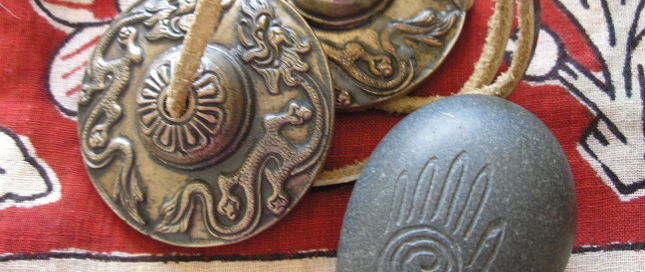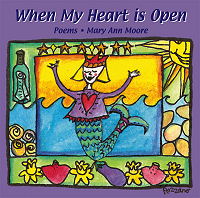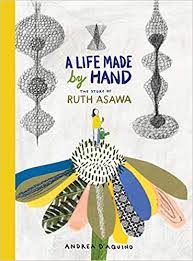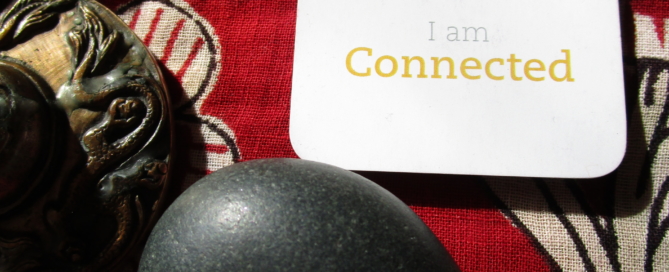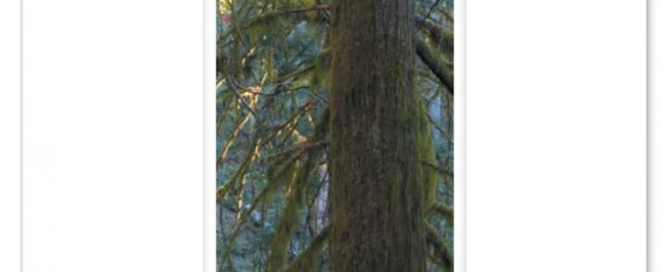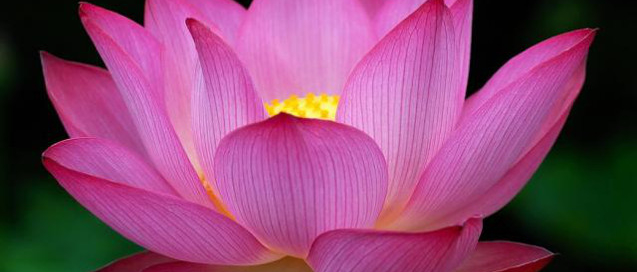The Wild Unknown Archetypes
The beginning of a new year is an ideal time to do a card spread using The Tarot or any type of divination deck. The Wild Unknown Archetypes (HarperCollins, 2019) is Kim Krans’s latest divination deck and it came my way in time to do a card spread following Winter Solstice on the day before the New Moon on December 25th.
I can see all sorts of applications for The Wild Unknown Archetype Deck including asking questions regarding specific projects or situations as well as consulting the cards in the midst of writing a poem or another piece of writing i.e. choosing one card. A whole new window will open up and perhaps a new character or guide will appear: The Poet, The Shapeshifter or The Comic (from among The Selves in the deck).
Kim Krans illustrated the revelatory power of archetypes in her latest deck of cards with her line drawings, watercolour paintings, and collage. The oracle cards are round and are divided into four suits: The Selves, the Places, The Tools, and The Initiations. They come in a round box with a ribbon for lifting them out. A square box, decorated within and without, holds the cards and Guidebook. A beautiful presentation.
The Guidebook that comes with the oracle deck includes an introduction by Kim Krans about her graduate studies with a Jungian approach to creativity in southern California. Many of the images on the cards were formed “as much by The Ocean at they were by me,” she says. “In many ways I do not feel like I made this deck. It made me. It put me back together, one salty droplet at a time.”
Carl Jung developed and integrated the concept of archetypes into […]

